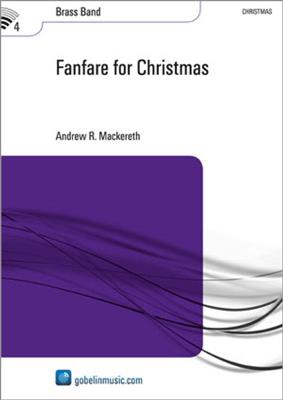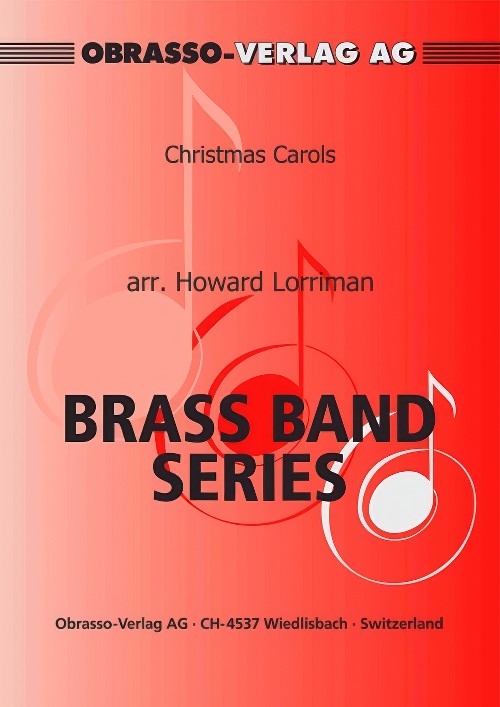Results
-
 £56.00
£56.00 -
 £108.10
£108.10Ode To Joy - Ludwig van Beethoven - Richards
Estimated dispatch 5-14 working days
-
 £105.10
£105.10Ode To Joy - Ludwig van Beethoven
Estimated dispatch 5-14 working days
-
 £76.00
£76.00Ode To Joy (An die Freude / Hymne a la Joie) - Ludwig van Beethoven
Estimated dispatch 5-14 working days
-
 £79.30
£79.30Ode To Joy - Ludwig van Beethoven - Jérôme Naulais
Estimated dispatch 5-14 working days
-
 £60.99
£60.99There is a land of pure delight - Menno Haantjes
Isaac Watts (1674-1748) wrote the lyrics of "There is a land of pure delight" and is known as the "Father of English Hymnody". Watts was for the English hymn as Ambrose was for the medieval Latin hymn and what Martin Luther was for the German chorale. He wrote about 750 songs, and some of them survide the ravahes of time. (Joy To The World, When I survey the wondrous cross, I sing the Mighty Power of God) "There is a Land of Pure Delight" is usually in English-speaking areas sung on Luther Orlando Emerson's melody ('Ascription'). Here is used a traditional English melody ('Mendip'). There is a land of pure delight Wheresaints immortal Reign. Infinite day excludes the night, And pleasures banish pain.
Estimated dispatch 5-14 working days
-
£60.99
Take it Easy! - André Waignein
The title says it all - this piece will instantly put listeners in a cheerful and carefree mood. Take it easy uses several elegently blended melodies with an exciting rhythm section accompaniment bringing true joy to the ear for both performer and audience.
Estimated dispatch 5-14 working days
-
 £69.99
£69.99Fanfare for Christmas - Andrew R. Mackereth
Rousing opening fanfare including parts from Joy to the World. Challenging!
Estimated dispatch 5-14 working days
-
 £69.99
£69.99Little Christmas Piece - Al Govan
An attractive work by the hand of Al Govan. Musicians and listeners will enjoy this three-part suite including: O Come All Ye Faithfull, Silent Night, Hark the Herald Angels Sing and fragments including from Jingle Bells and Joy to the World.
Estimated dispatch 5-14 working days
-
 £59.70
£59.70Christmas Carols (Brass Band - Score and Parts) - Lorriman, Howard
Includes: Hark! The Herald Angel's Sing; Christmas Lullaby; Joy to the World
Estimated dispatch 7-14 working days
